The thrill of high-stakes drama: Why risk and reward captivate audiences
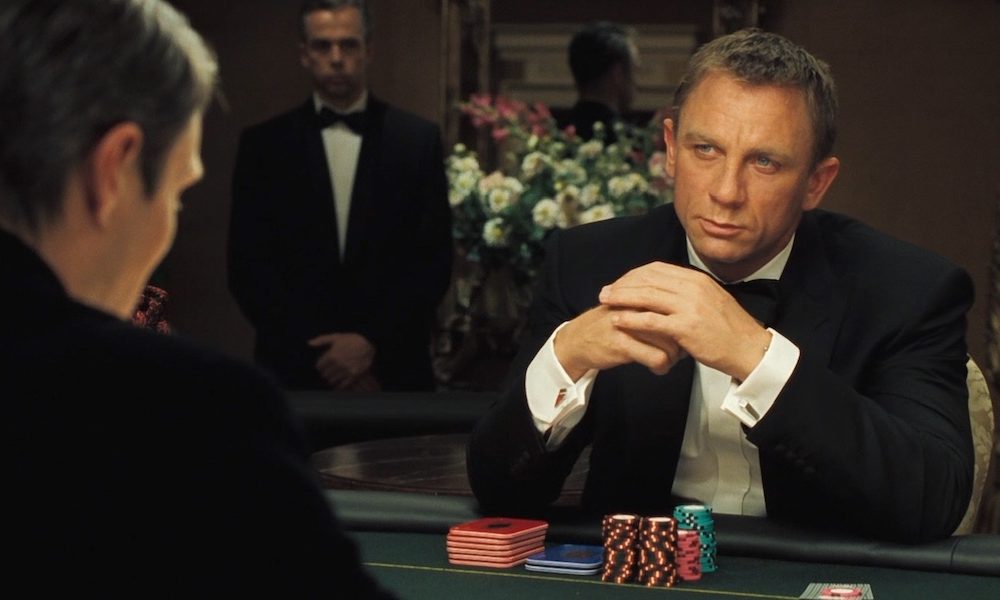
There’s something undeniably exhilarating about watching a high-stakes risk unfold on screen. Whether it’s a suave secret agent betting everything on a single decision, a desperate con artist bluffing their way through an intense challenge, or a crew of master strategists pulling off an impossible heist, the world of high-stakes drama has provided some of the most gripping moments in film and television.
But what is it about risk, reward, and the unpredictable nature of big decisions that keeps audiences hooked? The answer lies in the raw tension, the allure of the unknown, and the sheer excitement of watching a bold player take a chance and succeed against the odds.
The cinematic appeal of taking risks
High-stakes moments aren’t just about money – they’re about the thrill, the mind games, and the risks that make for unforgettable storytelling. Audiences love characters who go all in, whether in a strategic battle, an intense negotiation, or a life-or-death mission.
Movies like Casino Royale (2006) capture this perfectly with James Bond’s high-stakes poker match against Le Chiffre – a battle of wits and nerves where every move is a calculated power play. Ocean’s Eleven (2001) and its sequels bring the same mix of strategy and risk to their intricate heists, turning precision and intelligence into the ultimate game.
That tension, skill and unpredictability fuelling these stories is what draws people to riskier games in real life such as the new online casinos in the UK . Today’s entertainment complexes offer interactive challenges, immersive experiences, and competitive arenas that bring this excitement to a broader audience. Live action role-playing, high-adrenaline escape rooms, and virtual reality competitions capture the same sense of risk and reward, allowing participants to step into the shoes of their favourite on-screen thrill-seekers.
The psychology of high-stakes moments
A well-crafted high-stakes scene taps into the human love for suspense and anticipation. Just like in real life, where a last-minute comeback or a perfectly executed strategy can turn the tables, movies and TV shows build their most exciting moments around the uncertainty of the outcome.
Take Molly’s Game (2017), based on the real-life story of Molly Bloom, who orchestrated exclusive high-stakes games for Hollywood elites. The film brilliantly showcases how a single decision can change fortunes in an instant. It’s not just about financial stakes—it’s about the thrill of the challenge and the skill required to navigate high-pressure situations.
Television series also know how to use high-stakes decision-making to keep viewers on the edge of their seats. Breaking Bad may not centre around gambling, but one of its most memorable episodes, “Cancer Man,” features a tense poker game where Walter White outmanoeuvres an arrogant rival, hinting at his growing confidence and willingness to take risks.
In shows like Billions and Succession, high-stakes strategy serves as a metaphor for power struggles in business and finance. The characters may not always be playing a card game, but they’re constantly making bold bets in their personal and professional lives. This parallel between high-risk decisions and real-world ambition makes for incredibly engaging storytelling.
The glitz, glamour, and prestige of high-stakes environments
Beyond the excitement of the games themselves, film and TV have long embraced the luxurious and sophisticated world of high-stakes environments. From the grand chandeliers of Monte Carlo to the neon-lit excitement of world-famous entertainment complexes, these settings represent a world where anything feels possible.
In classic films like The Cincinnati Kid (1965) and The Sting (1973), characters navigate high-stakes scenarios with charisma and cool-headed strategy. More modern takes, like 21 (2008), based on the true story of MIT students who mastered strategic decision-making, show that intelligence and skill can sometimes turn the odds in one’s favour.
This blend of strategy, risk, and lavish settings makes high-stakes films irresistible to audiences. Even those who have never stepped foot into an exclusive high-stakes environment can appreciate the spectacle and drama of it all, making it a staple of Hollywood storytelling.
Conclusion
High-stakes drama in film and television isn’t just about playing a game – it’s about the thrill of uncertainty, the courage to take risks, and the satisfaction of a well-earned victory. Whether it’s a masterfully executed bluff, a daring heist, or a high-stakes business gamble, these moments captivate audiences because they mirror the real-life excitement of betting on oneself.
As long as people continue to crave stories of bold moves and big wins, the allure of high-stakes drama will never fade. And with the rise of immersive entertainment experiences bringing that excitement into the real world, the thrill of the high-stakes challenge is more accessible than ever – both on-screen and in real life.
The editorial unit




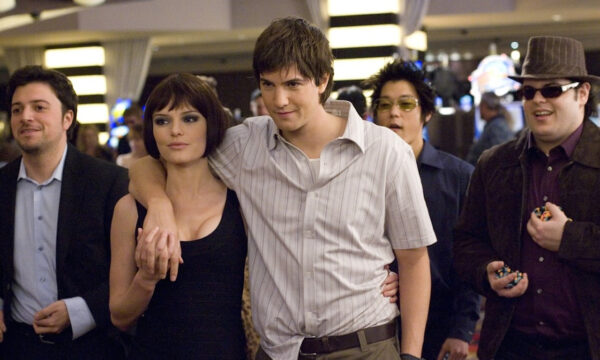

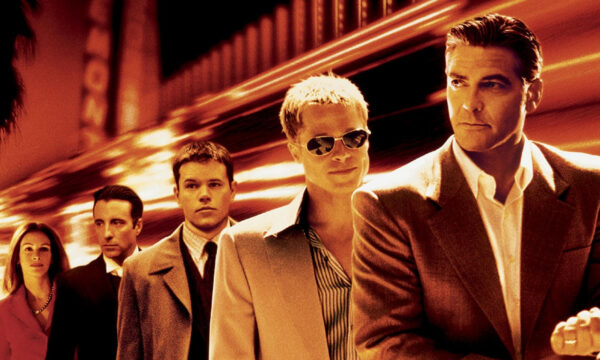


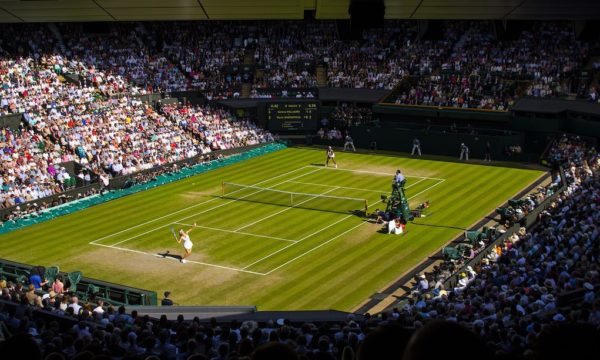




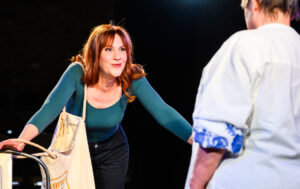









Facebook
Twitter
Instagram
YouTube
RSS